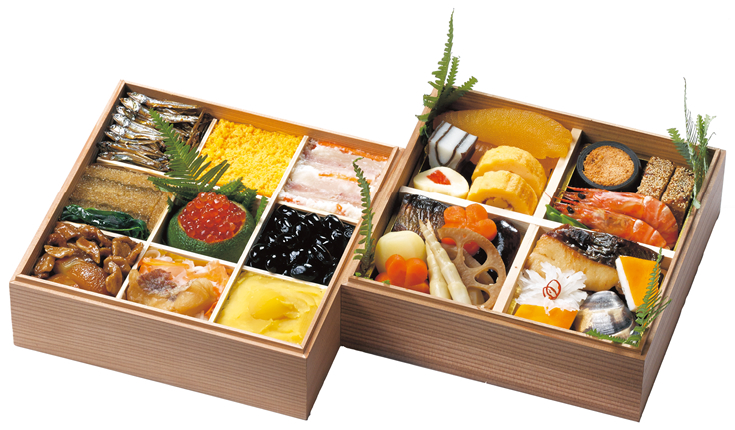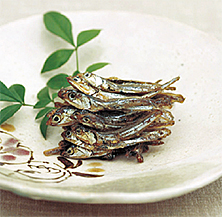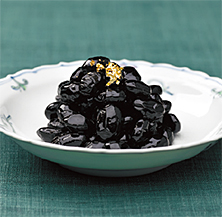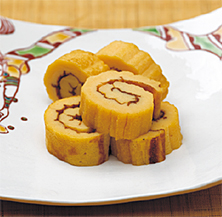niponica is a web magazine that introduces modern Japan to people all over the world.
2014 No.14

To read the e-book you need to have JavaScript enabled in your browser and a free Flash Player plug-in from Adobe Systems Inc. installed.
 Tasty Japan: Time to Eat!
Tasty Japan: Time to Eat!

O-sechi
Scrumptious treasures in boxes ring in the New Year
Photos by Kuribayashi Shigeki, Ebato Masashi Collaboration: Akasaka Asada restaurant

O-sechi cuisine from the high-end restaurant Akasaka Asada, packed tastefully in jubako boxes.
It would be hard to imagine the New Year holidays in Japan without festive meals called o-sechi. The word o-sechi apparently comes from sechiku, meals prepared for the gods. Sechiku were served at other times of the year as well—to mark a change in the season, to express hope for a bumper harvest, or to wish for success for one’s children and grandchildren, and safety in the home. The New Year holidays are most closely associated with o-sechi, so the word has come to mean New Year’s meals.
When the new year comes, people hope for good luck and future happiness, and they wish for more and more of these good things. Jubako boxes are one distinctive feature of o-sechi. The food is arranged in these square boxes, and the boxes are then placed one on top of the other, to express this abundance of “more and more.” Also impressive is the wide variety of food, from reconstituted dried delicacies to veggies to seafood. Just about everything is prepared at the end of the year, so it can be enjoyed on January 1 and for several days after. The simmered foods and other dishes are made to stay fresh for quite a while. For certain items—some salty-sweet, some salty, some with a nice tang—the cook aims for bright colors and shiny surfaces. Around 10 varieties of food are placed in the boxes. The ingredients and cooking style may vary slightly, depending on the region and the family, but you are sure to find these three: kuro-mame, date-maki and ta-zukuri.
Kuro-mame are black soybeans cooked with sugar and soy sauce. Kuro means “black” and mame means “beans.” But mame also means “hardworking” or “diligent,” so to eat them is to invite a willingness to work with energy and enthusiasm during the coming year.
Date-maki is an omelet roll made from eggs mixed with minced white fish paste. The word date includes the connotation “elegant” or “showy,” and the fancy rolled egg certainly attracts the eye. In the old days, important documents were stored as scrolls, so rolled egg has another connotation as well—the hope for success while studying or training.
Ta-zukuri adds radiance to the display. It is made by frying dried young anchovies, then glazing them with a simmered mixture of sugar, sweet mirin sake and soy sauce. Anchovies were once used as a fertilizer for the fields, so in o-sechi they represent the hope for a good harvest. (Ta-zukuri literally means “making a rice field.”)
In more traditional times, as the end of the year drew near, several days were spent in homes around the country preparing o-sechi. Today, though, a growing number of families are buying it at places like department stores or restaurants. But something that has not changed is the spirit behind o-sechi —every family’s hope, as they celebrate the New Year by eating the food of good fortune, that they will enjoy happiness throughout the coming year. The vibrant colors and beauty of these boxed culinary treasures represent the hopes of families around the nation.
Kuro-mame (black soybeans), simmered in a sweet sauce with care to prevent the skin from wrinkling. Chefs have been known to sprinkle on a bit of gold powder to add color and glamour.





